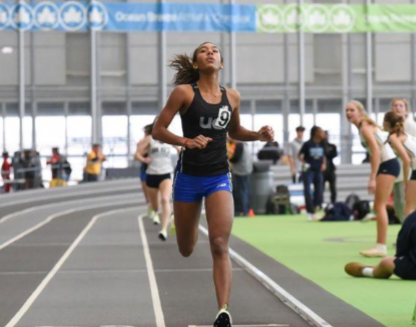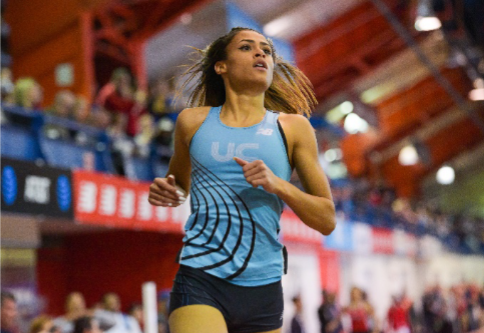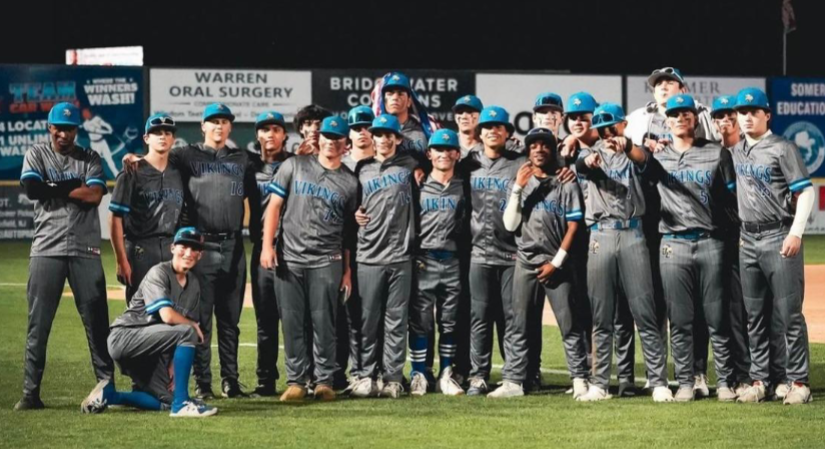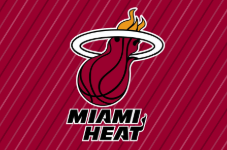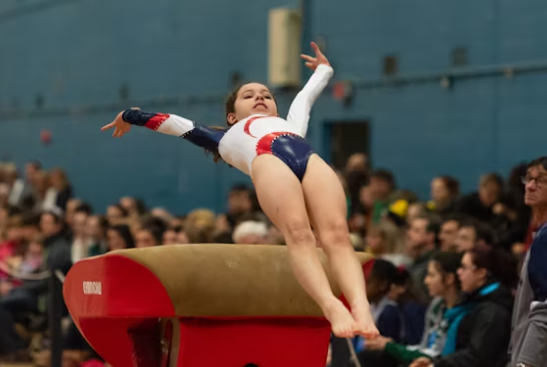The NCAA announced a huge policy shift at the end of May, giving college athletes the ability to benefit from their name, image, and popularity without jeopardizing their eligibility. This decision is a huge victory for athletes and comes from long-term political pressure aimed at reforming college sports. These new rules, effective immediately, allow student-athletes to sign deals, make appearances, and use social media for financial gains without consequences. The move follows years of rebuttal over the fairness and restrictiveness of the NCAA’s previous regulations on college athletes.
Congress has been weighing several competition bills that aim to create uniform regulations across the NCAA. These proposals have distinct aspects that institutions interested in entering NIL (Name, Image, Likeness) endorsement deals need to understand and be prepared to embrace if Congress decides to take on the bill. These athletic endorsements get tied up with federal laws and regulations as they impact the economy, compensation, and involve the FTC. The government fears that institutions would interfere with a student’s deal, and that prohibited industries would make an attempt to pay college athletes.
There are seven bills proposed regarding NIL deals and the role they will play in college athletics. The bills cover economic freedom, compensation protection of the athletes, making sure that competitors are not considered “employees” of their institution. These deals are often regulated by state governments today, and not presided over by the Federal Government. It is unclear if future federal legislation would complement those state laws or change state regulation and create a specific set of rules across the nation. Some of the proposed federal NIL laws answer this question with preemption clauses. The Compensation Protection Act and the Level Playing Field Act both demonstrate preempt state NIL laws. If those bills become law, the protocols used to ensure compliance with existing state NIL requirements would need to be reconsidered.
More changes introduced into the field include a new rule that allows athletes to transfer without having to sit out an entire year. This rule helps to give athletes more freedom and flexibility. Some politicians and groups of athletes believe that they should have the same rights to transfer as other students do. More and more people are now in favor of athletes getting paid, thanks to the news and more well-known people speaking up for them. Lots of politicians are also starting to listen to what the people want and are also supporting changes. Along with this, the political scene has also been heavily influenced by the Supreme Court. In this case, NCAA v. Alston (2021), the Supreme Court stated how the NCAA cannot restrict education-related benefits for athletes. This has the possibility to lead to more challenges to the NCAA’s payment regulations in the near future.
The NCAA’s decision is expected to have significant results, which will not only change the environment of college sports but also impact the recruitment and scholarship landscape. While critics of the changes worry about possible exploitation and imbalance between different sports and universities, many believe that the positives outweigh the negatives, setting a new precedent for college athletics. This shift shows the growing impact of political advocacy in sports, highlighting the evolving relationship between the government and athletics. As the NCAA adapts to these new changes, it is still important to ensure that these changes are fair and equal to all athletes and universities involved.

